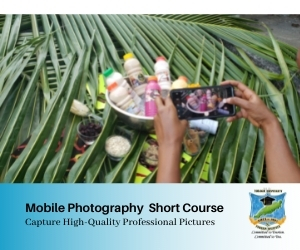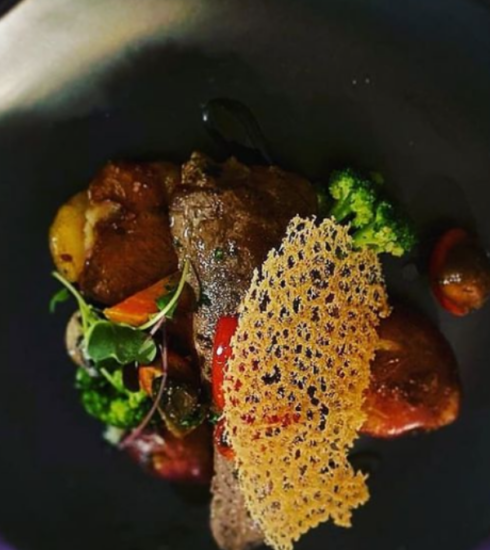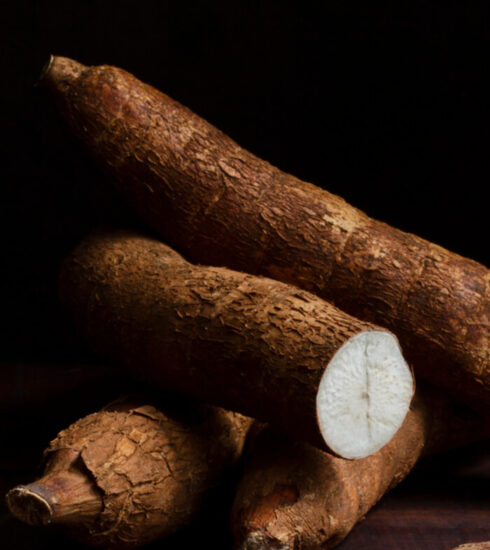Dasheen – The Queen of the Harvest
For decades, dasheen has been the provision of choice by Tobagonians. Brought to our islands through the trans-Atlantic slave trade, with origins from Southern Asia, this highly nutrient rich leaf and root staple comes from the ground provisions or root crops family such as potatoes, yams and cassava.
According to Riyadh Mohammed, Lead Consultant at Tropical Agriculture Consultancy Services- RKTAP Ltd, there are two varieties of dasheen (Colocasia esculenta) grown locally: “Blue Metal ”: the corm boils to a light to dark blue colour after cooking and “White Dasheen ” which cooks white. In the Caribbean, there are other types such as: common/purple, white; soufe, noir, madere and bunlong.
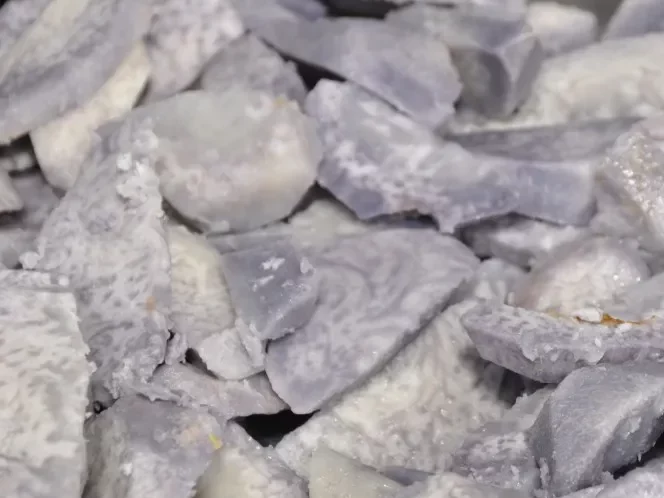
Known by many other names around the world, the increased awareness of dasheen was influenced by the Tobago’s Blue Festival which started in 1997 at the rural village of L’Anse Fourmi as a community-based project sponsored by the then Department of Tourism. The festival has grown to become one of Tobago’s highly anticipated community based festivals. One highlight that attracts visitors is the savouring of the many authentic Tobagonian dishes prepared by specialist blue food chefs.
Watch: Tobago Blue Food Festival
Chef Vergiss Lovelace, Tobago Hospitality and Tourism Institute believes that the structure of the blue food festival can be taken to larger European food festivals while establishing recipe books that record our relationship with this all providing food source. He also encourages the start at primary school teaching children to appreciate the food grown and used at home.Blue Food champion Yzanne Williams-Chance, known as the Blue Food Queen from Tobago, also authored “Taste of Tobago: Blue Food Recipe Book”, the first book of its kind to feature only blue food-inspired dishes.
Dishes made with the corm of the dasheen plant are either boiled, baked, steamed, dried or fried in soups, stews, breads, smoothies, ice cream and sauces to name a few. A popular dish made with the leaves is “callaloo”, a Sunday favourite. On average 100 lbs of dasheen per family is consumed each year
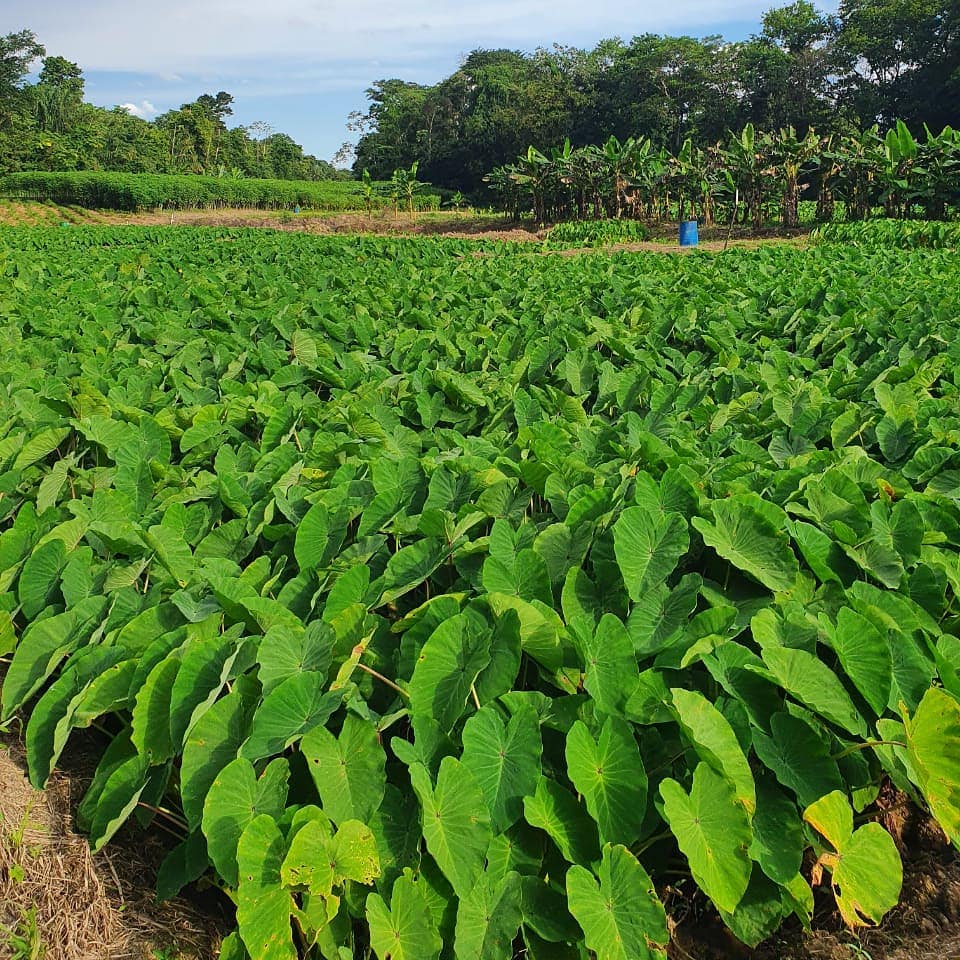
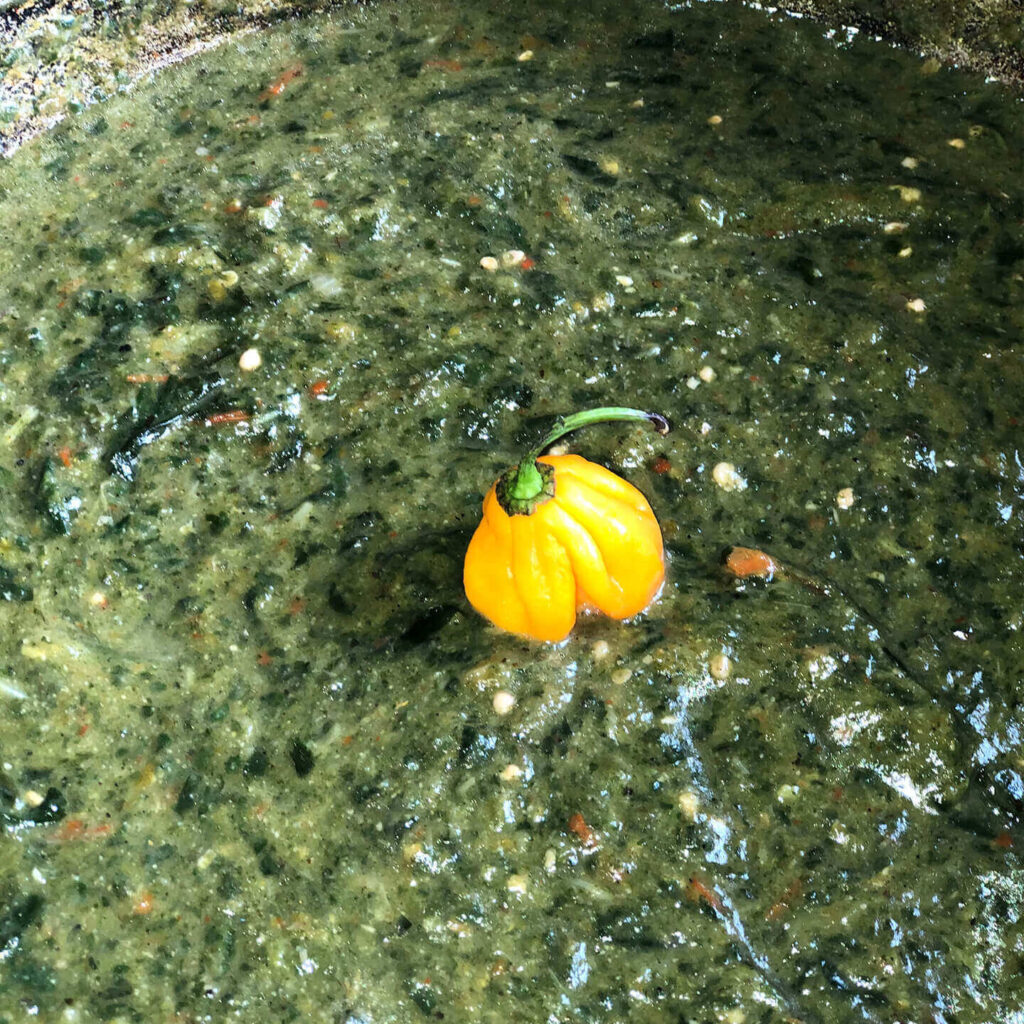
Advantages of eating Dasheen:
- Rich in fibre and other important nutrients
- May help control blood sugar
- May reduce your risk of heart disease
- May offer anticancer properties
- Versatile and easy to add to your diet
Disadvantages of eating Dasheen:
- Contains a bitter-tasting compound called calcium oxalate which can cause an itchy mouth and throat if consumed raw.
- Eating dasheen can lead to kidney stones and gout as well as other health complications if it is not prepared properly by boiling.
- Can become very glutinous if not prepared properly.
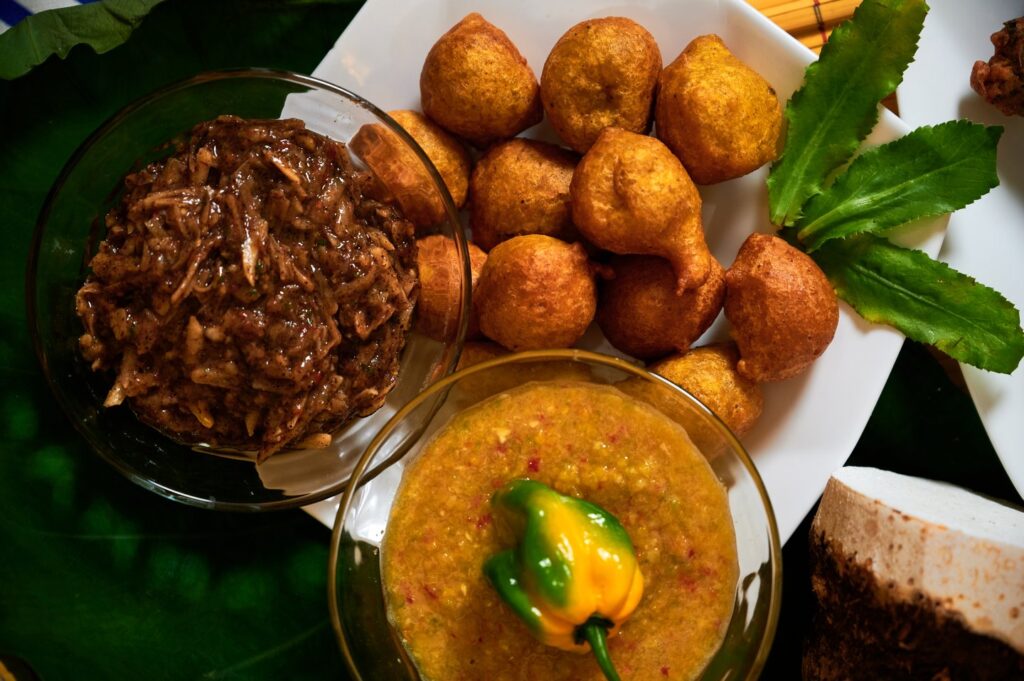
“I believe that dasheen has a place in fine dining, it all depends on how the product is manipulated.
Chef Arthur Patrick – Tobago Hospitality & Tourism Institute
Chef Arthur Patrick, Chef P Consultancy confirms that the sheer versatility dasheen offers is a key benefit. “I believe that dasheen has a place in fine dining, it all depends on how the product is manipulated. My advice to any chef who wants to incorporate dasheen into a fine dining dish would be to get as creative with the product as possible. Dasheen is versatile if used in the right way,” says Patrick.
According to Chef Kwesi Selvon of Youuchef and author of The One Baking Book, The Culinary Connection, and The A-Z of Beneficial Cooking, dasheen is a great substitute for potatoes, yams, and cassava because of the similar textural characteristics when cooked. However, due to its colour and taste when cooked the quantity in substituting may have to be managed.
“Dasheen is known more for its starch qualities and not protein content which does not make it a great substitute for flour unless mixed with wheat flour. Flour is primarily made from wheat which has the benefit of protein content that provides gluten. This gives the structural qualities of many baked breads, cakes and muffins. However, if an ingredient does not provide much protein content, then this will affect the gluten and the structural qualities. Dasheen can be turned into a powder, but some may consider it a flour for branding purposes. This can be done through dehydration and milling,” Selvon further adds.
As a successful manufacturer of local fruit and vegetable based food products, Chef Selvon also believes that producing dasheen in larger quantities can be profitable once the right deals are made with the farmers and there are avenues available for people that are willing to purchase the products.
At Youuchef, Selvon works with local farmers who cultivate or sell wholesale the ingredients that his team uses in their products such as cinnamon, banana, beetroot, carrot and pumpkin flavoured pancakes.






